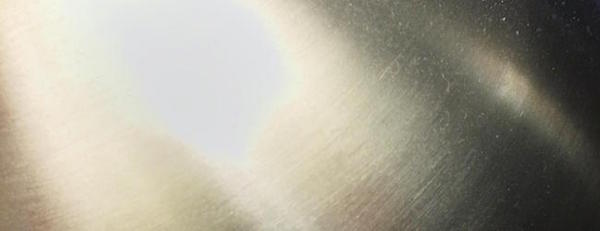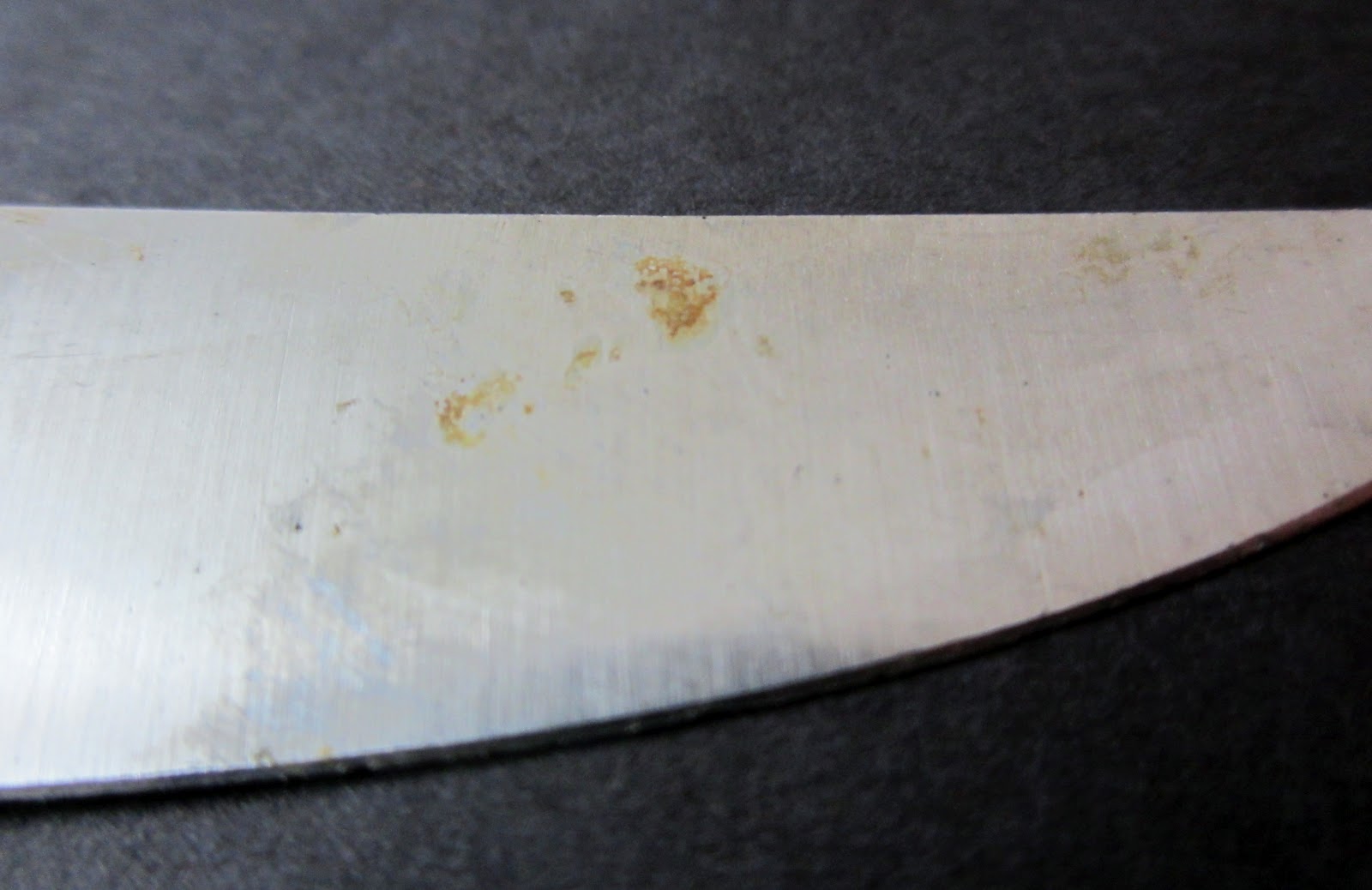We’re starting a brand new series that tackles some of the most prominent knife myths out there. Many will be false and some will be true, but all will be steeped in facts.
What better way to kick off the series than with one of the most prominent myths out there: Stainless steel won’t stain.
As much as we’d like that to be true, it turns out stainless steel is simply a misnomer. No one sums it up better than our friend Zvi over at zknives.com. Here’s an excerpt from his must-read kitchen knife steel FAQ:
“Technically and precisely speaking, there is no such thing as stainless steel. What has became an accepted term in the industry isn’t correct. All steels will rust, if proper care is not taken. Simply, some steels resist corrosion better than others, and that’s all there is to it. Thus, the correct term is stain-resistant.”
So where did stainless steel get its decidedly misleading name? It’s true that sometimes things are just endowed with partially true names (many a disgruntled wife will tell you that “morning sickness” should instead be called “all day sickness”), and the naming of the steel is no different.
The origins of stainless steel date back to the 1800s when it was found that iron-chromium alloys were resistant to corrosion. (An alloy must be 10.5% chromium to be considered a stainless steel. As a result, you will get some stainless steel that’s more resistant to corrosion than others.) Then in the early 1900s, many alloys that were essentially modern-day stainless steel were created by different people, and therefore the naming of the type of steel wasn’t agreed upon.
Some articles claim that Ernest Stuart, Cutlery Manager at Mosley’s Portland Works, was the person who first called it stainless steel because the steel wouldn’t stain with vinegar, but the name didn’t stick for everyone.
It was sold under various brand names like Allegheny metal and Nirosta steel or referred to as non-rusting steel or rustless, but there was still no consensus on what to call it.
The New York Times also called it stainless steel in 1915 and the name probably further caught on with the creation of the American Stainless Steel Corporation.

So getting back to the gist of the myth: stainless steel will indeed rust and stain if not taken care of properly. A quick Google search will reveal countless cases of stainless steel knives and items with stains.
Don’t be fooled by the name. Remember to take care of your blades, no matter what alloy they’re made of.





October 29, 2014 at 4:52 pm
Spyderco has knives out that has a nitrogen composition instead of carbon. It’s part of their salt water series. I haven’t personally tried the knives, but it boasts that it is rust proof.
November 17, 2014 at 1:32 pm
Thanks for the tip, I’ll have to look into the salt series.
April 4, 2023 at 8:05 pm
Elmax blades are the best for salt water. Look up A Corrosion resistance chart by types of steel. Begin with cpm3v and you will end up and Elmax. Many Knives come in this steel. It is a Particulate Matter. Meaning it starts as a mix of Different Minerals. Upon Heating to liquid the Mineral Elements Boil. This is how the “unwanted” minerals are removed or Joined together. Then it is poured in a Form Cast. Beginning to take the shape of a knife blank. This is the first step in the knife making Process. There are many Heat cycles to be done, And Many Grinding Processes in between or during. It is a timely process to get it right.
March 17, 2020 at 4:05 pm
As my neighbor and friend once said, “It’s stainLESS, not stainFREE.
March 17, 2020 at 4:37 pm
That’s right stains less than carbon steel.
It’s righ in the name I don’t understand the confusion.